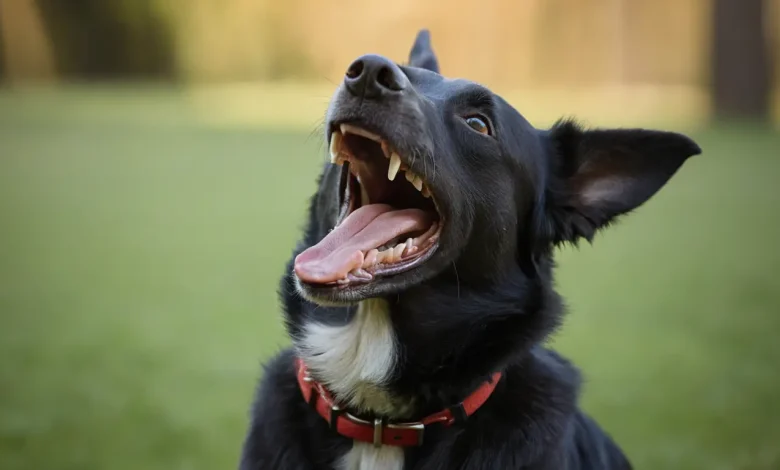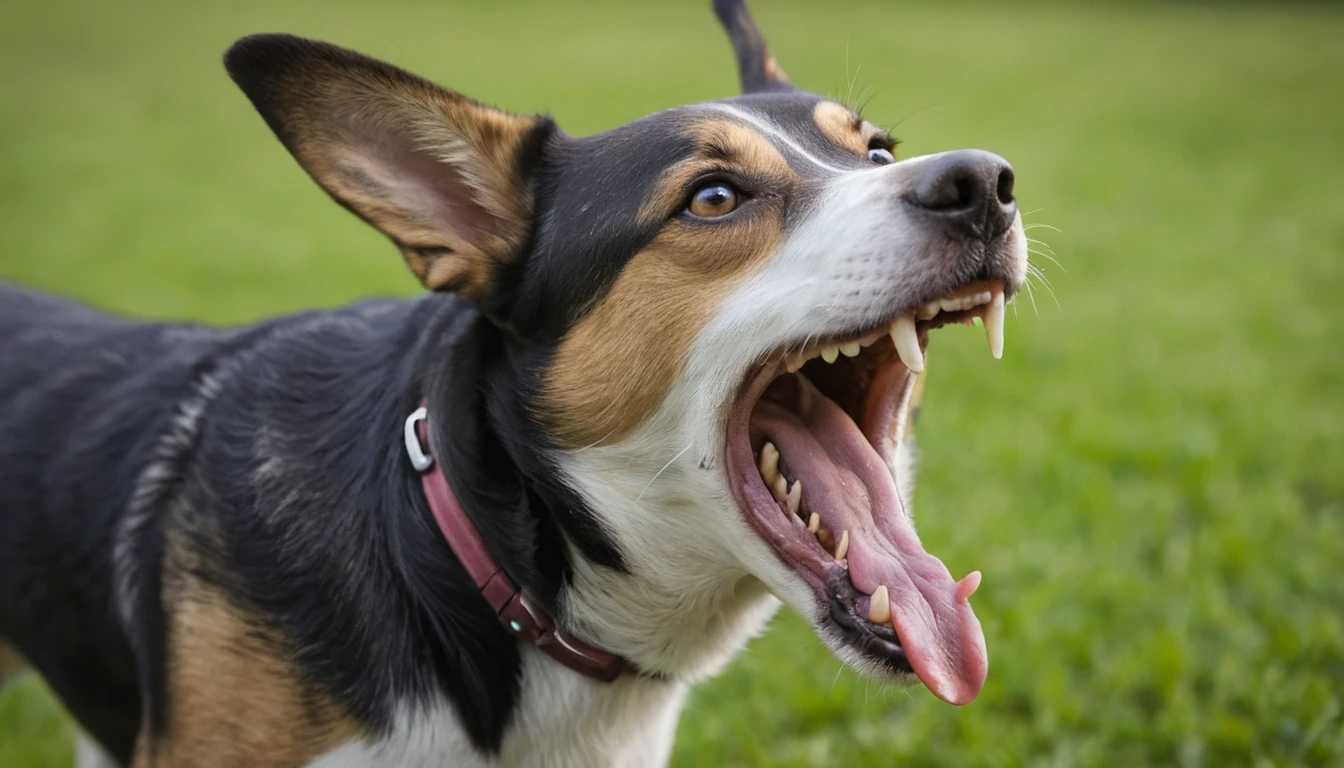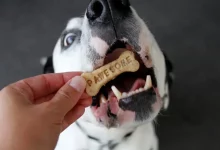
Skipper’s Pet Products: Ethical Treats for Your Dog

For pet owners looking to give their dogs healthy and sustainable treats, Skipper’s Pet Products is a fantastic choice. Founded in 2013 by Steve Moore, a former fish merchant from Grimsby, UK, the company is dedicated to providing premium dog treats made from ethically sourced materials. By using fish co-products like fish skin from sustainable fisheries, they help minimize waste while delivering maximum nutritional value to pets. Skipper’s Pet Products also uses recycled energy for low-temperature drying, ensuring that their treats are both eco-friendly and packed with goodness. With these treats, you can reward your dog while supporting sustainable practices.
Understanding Normal Panting
Panting is a typical way for dogs to cool down, especially after physical activity, playtime, or during hot weather. Instead, they pant to expel heat and regulate their body temperature. Some common situations where panting is normal include:
- After Exercise: If your dog has just finished a run, walk, or play session, heavy panting is a normal response as they cool down.
- Hot Weather: On a warm day, your dog may pant more to prevent overheating.
- Excitement or Anxiety: Dogs may pant when they’re excited, nervous, or stressed. A visit to the vet, separation from their owner, or a change in their environment could trigger this response.
- Pain: Dogs might pant when they are experiencing discomfort or pain, even if the cause is not immediately obvious.
When Panting Becomes a Concern
While panting is usually harmless, it can also signal a more serious issue when it becomes excessive or is accompanied by other troubling signs. Here are some situations in which heavy panting may be cause for concern:
1. Heatstroke
Heatstroke is a serious and potentially life-threatening condition that can occur when a dog overheats. If your dog is panting heavily and showing signs like drooling, vomiting, or confusion, it may be experiencing heatstroke. Dogs can suffer from heatstroke if they are exposed to high temperatures for too long, especially if they don’t have access to water or a cool place to rest.
Signs of heatstroke in dogs include:
- Excessive panting that doesn’t subside even in a cool environment
- Bright red or pale gums
- Vomiting or diarrhea
- Lethargy or collapse
- Rapid breathing and increased heart rate
If you suspect heatstroke, immediately move your dog to a cooler area, offer water, and seek veterinary help as soon as possible.
2. Respiratory Issues
If your dog is panting excessively and also coughing, wheezing, or struggling to breathe, there may be a respiratory issue at play. Conditions like pneumonia, kennel cough, or even lung disease can cause difficulty breathing, leading to heavy panting. Keep an eye out for other signs such as nasal discharge, labored breathing, or a bluish tint to the gums, which may indicate that your dog is not getting enough oxygen.
3. Heart Disease
Heavy panting can sometimes be a sign of heart problems. Dogs with heart disease may pant more because their heart isn’t pumping blood as efficiently, leading to a lack of oxygen. If your dog is older or has a history of heart issues, excessive panting could signal that their condition is worsening.
Signs of heart disease can include:
- Heavy panting at rest
- Coughing or difficulty breathing
- Weakness or fatigue
- Fainting or collapsing
If you notice these symptoms, it’s important to consult your vet to rule out heart disease.
4. Pain or Discomfort
Dogs will often pant when they are in pain. If your dog has been injured or is suffering from a condition like arthritis, they may pant heavily as a response to the discomfort. You might also notice your dog being less active, avoiding certain movements, or showing signs of limping. If the panting is accompanied by changes in behavior or reluctance to move, consider visiting the vet to rule out pain-related conditions.
5. Anxiety or Fear
Dogs can pant heavily when they are stressed or anxious. This could be triggered by a variety of situations, such as separation anxiety, loud noises (like thunderstorms), or changes in routine. In these cases, the panting will often be accompanied by other signs of anxiety, such as pacing, drooling, or whining.
What Should You Do If Your Dog Is Panting Heavily?
- Observe other symptoms: Take note of any other signs like vomiting, diarrhea, coughing, or lethargy that may point to a more serious issue.
- Provide water: Ensure your dog has access to fresh water at all times, especially on hot days.
- Create a cool environment: If your dog is panting due to heat, move them to a cooler area and offer water. You can also gently wet their paws or coat to help bring their temperature down.
- Visit the vet: If the panting persists or if your dog shows signs of illness, it’s best to consult your veterinarian for a proper diagnosis.
Conclusion: Be a Responsible Pet Owner
Panting in dogs is a common and natural behavior, but when it becomes excessive or is accompanied by other signs of illness, it could indicate a health issue that requires attention. Always monitor your dog’s behavior and seek veterinary advice if you are concerned about their panting.









